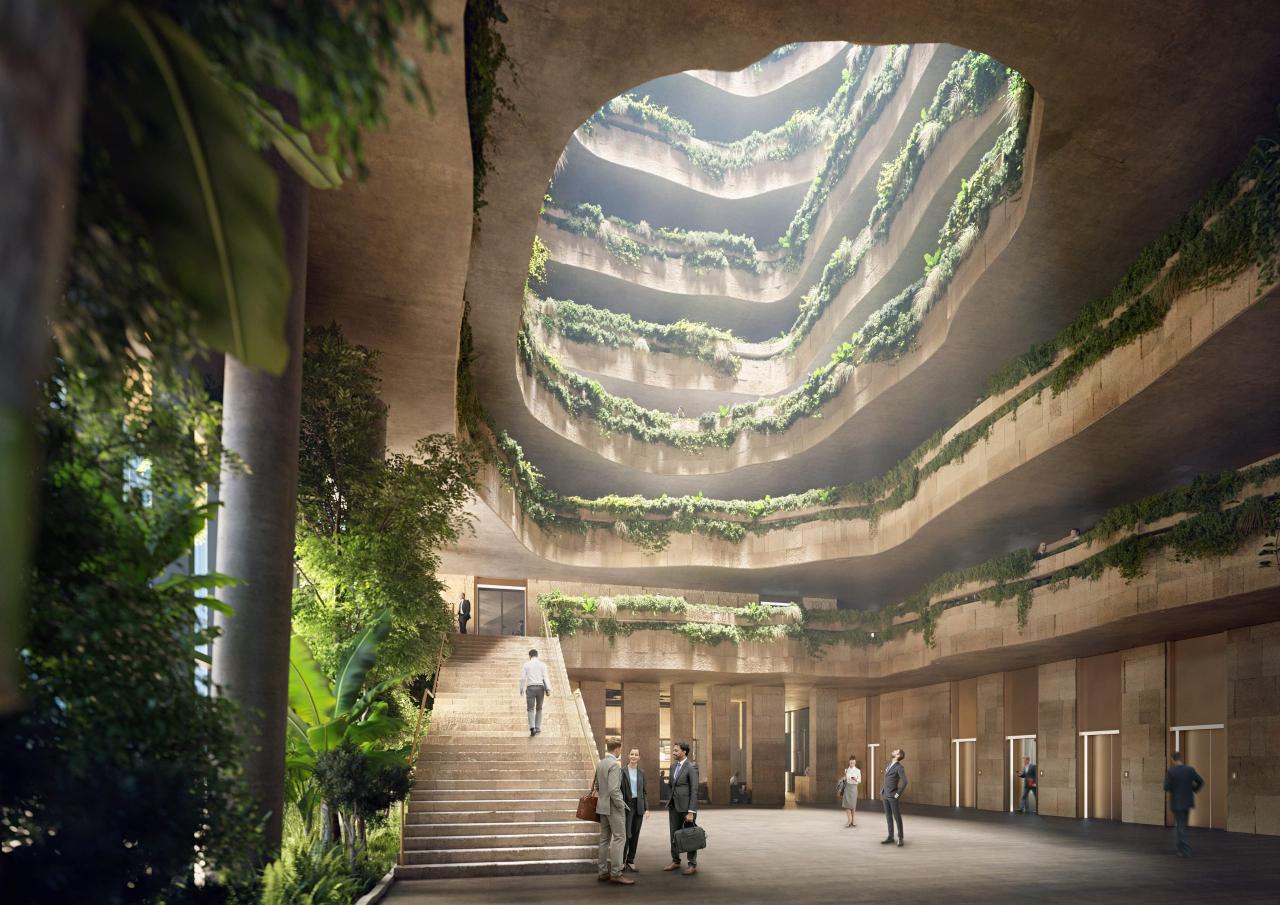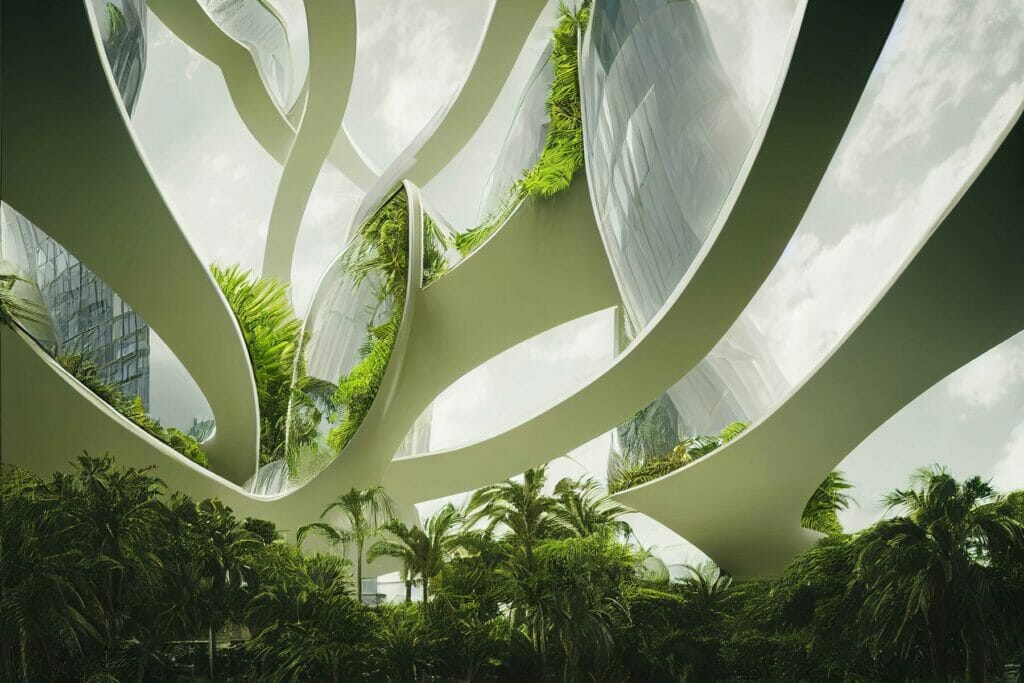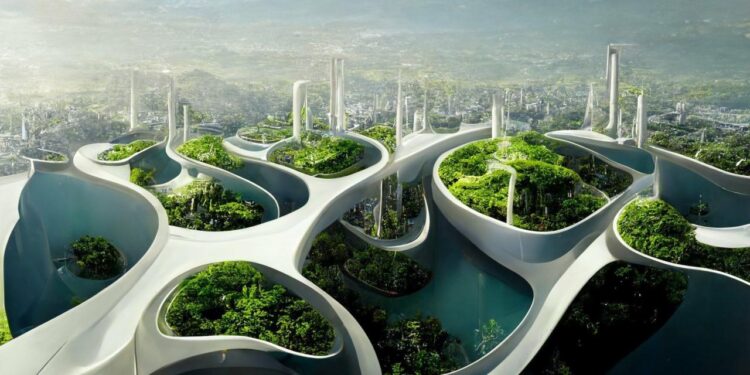High-Value Investment in Sustainable Architecture
The world is increasingly aware of the urgent need for environmental stewardship, and this shift in consciousness is profoundly influencing the construction and real estate industries. As a result, sustainable architecture, also known as green building, has emerged not just as a passing trend but as a strategic, high-value investment. This article will delve into the multifaceted benefits of sustainable architecture, exploring how it delivers exceptional returns for investors, developers, and building occupants. We’ll examine the economic, environmental, and social advantages that make green buildings a wise and profitable choice for the future.
The Financial Case for Sustainable Architecture
Sustainable buildings are often perceived as more expensive to construct, but this is a common misconception. While initial costs may be slightly higher due to the use of specialized materials and technologies, the long-term financial benefits far outweigh this premium. The return on investment (ROI) in sustainable architecture is substantial and comes from multiple sources.
A. Reduced Operational Costs
One of the most significant financial advantages of green buildings is the dramatic reduction in operational costs. These savings are primarily driven by energy and water efficiency.
- Energy Efficiency: Sustainable buildings are designed to minimize energy consumption. They often incorporate features such as high-performance insulation, double-paned windows, and passive solar design. The use of LED lighting, smart building management systems (BMS), and renewable energy sources like solar panels further slashes electricity bills. A study by the U.S. Green Building Council (USGBC) found that green buildings can reduce energy consumption by an average of 25-30% compared to conventional buildings. For a large commercial property, this translates into millions of dollars in savings over the building’s lifecycle.
- Water Conservation: Water-saving fixtures, rainwater harvesting systems, and efficient landscaping are staples of sustainable design. These features can reduce water usage by up to 40%, which is particularly important in regions facing water scarcity. Lower water bills contribute directly to a healthier bottom line.
B. Increased Property Value and Occupancy Rates
Sustainable buildings are a hot commodity in the real estate market. They consistently command higher property values and rental rates.
- Higher Asset Value: According to numerous studies, certified green buildings, such as those with LEED (Leadership in Energy and Environmental Design) or BREEAM (Building Research Establishment Environmental Assessment Method) certification, have higher resale values. They are seen as future-proof assets that are more resilient to rising energy costs and stricter environmental regulations.
- Greater Tenant Demand: Tenants, both residential and commercial, are increasingly seeking out green properties. Corporate tenants, in particular, are driven by their own sustainability goals and desire to provide a healthy and productive environment for their employees. This strong demand leads to lower vacancy rates and the ability to charge a premium on rent. A CBRE report indicated that LEED-certified buildings have a 4% higher occupancy rate than non-certified buildings.
C. Incentives and Tax Credits
Governments worldwide are promoting sustainable development through a variety of financial incentives.
- Tax Credits and Rebates: Many jurisdictions offer tax credits, grants, and rebates for green building features like solar panel installation, energy-efficient HVAC systems, and high-performance windows. These incentives can significantly offset initial construction costs.
- Expedited Permitting: Some cities offer fast-tracked permit applications for projects that meet certain sustainability standards, saving developers valuable time and money.
 The Environmental Imperative: Building a Greener Future
The Environmental Imperative: Building a Greener Future
Beyond the financial gains, the environmental benefits of sustainable architecture are a critical component of its value proposition. The construction industry is a major contributor to global carbon emissions and resource depletion. Green buildings offer a powerful solution to these challenges.
A. Reduced Carbon Footprint
Buildings are responsible for a significant portion of global energy consumption and greenhouse gas emissions. Sustainable design directly addresses this issue.
- Lower Embodied Carbon: The process of producing and transporting building materials generates a large amount of carbon. Sustainable architecture prioritizes materials with lower embodied carbon, such as recycled steel, reclaimed wood, and locally sourced aggregates.
- Operational Carbon Reduction: By minimizing energy use for heating, cooling, and lighting, green buildings drastically cut their operational carbon footprint over their lifetime. The integration of renewable energy sources further reduces reliance on fossil fuels.
B. Resource Conservation and Waste Reduction
Sustainable construction practices focus on the efficient use of resources and the reduction of waste.
- Water Conservation: As mentioned earlier, efficient water systems are standard. This includes the use of low-flow toilets, faucets, and showers, as well as the collection and reuse of rainwater for non-potable uses.
- Waste Management: Green building sites implement comprehensive waste management plans, diverting construction debris from landfills through recycling and material reuse programs. This not only benefits the environment but can also reduce waste disposal costs.
C. Protecting Biodiversity and Ecosystems
Sustainable design extends beyond the building itself to its surrounding environment.
- Site Selection: Green buildings are often sited to minimize disruption to natural habitats.
- Sustainable Landscaping: The use of native, drought-resistant plants reduces the need for irrigation and supports local wildlife. Green roofs and living walls provide habitats for insects and birds, and help manage storm-water runoff, reducing the strain on municipal drainage systems.
 The Social Impact: Health and Well-being
The Social Impact: Health and Well-being
Sustainable buildings aren’t just good for the planet and the bottom line; they are also better for people. The focus on creating healthy indoor environments is a key driver of their value.
A. Enhanced Indoor Environmental Quality (IEQ)
Poor indoor air quality can lead to a range of health issues, including respiratory problems and “sick building syndrome.” Sustainable design directly addresses this.
- Improved Air Quality: Green buildings use low-VOC (volatile organic compound) paints, adhesives, and carpets to minimize the release of harmful chemicals. They also incorporate advanced ventilation systems that bring in fresh outdoor air and filter out pollutants.
- Daylight and Views: Maximizing natural light, or daylighting, has been shown to improve mood, productivity, and reduce eyestrain. Studies have shown that access to natural light and views of the outdoors can lead to higher test scores in schools and faster recovery times for hospital patients.
B. Increased Productivity and Employee Morale
For commercial buildings, the link between a healthy indoor environment and employee productivity is a powerful selling point.
- Cognitive Function: Research by institutions like Harvard T.H. Chan School of Public Health has demonstrated that people working in green office buildings show significantly higher cognitive function scores, including better strategic thinking and crisis response capabilities.
- Comfort and Well-being: Features like thermal comfort control, reduced noise levels, and access to outdoor spaces contribute to a more pleasant and less stressful work environment. This can lead to lower absenteeism and higher job satisfaction.
Conclusion
Sustainable architecture is a dynamic and essential field that represents a significant and secure investment. It offers a powerful blend of financial, environmental, and social benefits that are becoming increasingly sought after in the modern world. For investors and developers, green buildings are not a luxury but a strategic imperative. They are resilient assets that are more profitable, more marketable, and more aligned with the global movement towards a sustainable future. By embracing sustainable design, we are not just building better buildings; we are building a better world.






